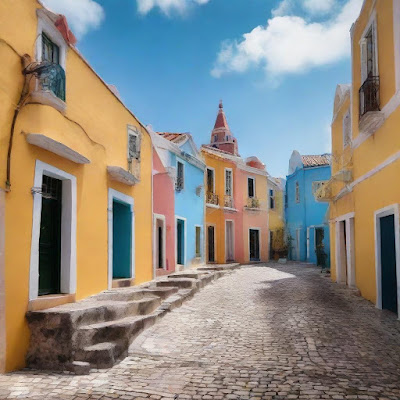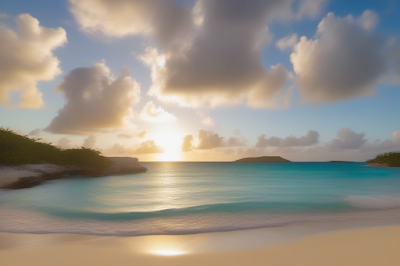Traveling to the Dominican Republic offers visitors a diverse and vibrant Caribbean experience, with its stunning beaches, lush rainforests, rich history, and vibrant culture. Here's what you can expect when planning a trip to this captivating island nation:
Location and Accessibility: The Dominican Republic is located on the island of Hispaniola in the Caribbean Sea, sharing the island with Haiti to the west. The country is easily accessible by air, with several international airports serving major cities such as Santo Domingo, Punta Cana, and Puerto Plata. Direct flights are available from North America, Europe, and other Caribbean islands.
Beautiful Beaches: The Dominican Republic is famous for its beautiful beaches, with miles of pristine coastline lapped by turquoise waters. Popular beach destinations include Punta Cana, Bavaro, Puerto Plata, and Samaná, where visitors can relax on soft white sand, swim, snorkel, and enjoy water sports.
All-Inclusive Resorts: The Dominican Republic is home to numerous all-inclusive resorts, offering luxurious accommodations, gourmet dining, and a wide range of activities and amenities. These resorts cater to travelers seeking relaxation, romance, and family-friendly experiences, with options for every budget and preference.
Outdoor Adventures: Beyond its beaches, the Dominican Republic offers a variety of outdoor activities for adventure seekers. Visitors can explore lush rainforests, towering mountains, and scenic waterfalls in national parks such as El Yunque and Los Haitises. Outdoor activities include hiking, ziplining, horseback riding, and ATV tours.
Colonial History: The Dominican Republic has a rich colonial history dating back to the arrival of Christopher Columbus in 1492. Visitors can explore historic cities such as Santo Domingo, the oldest continuously inhabited European settlement in the Americas, where colonial-era buildings, cobblestone streets, and historic landmarks like the Alcázar de Colón and the Catedral Primada de América can be found.
Cultural Experiences: The Dominican Republic has a vibrant and diverse culture influenced by African, Spanish, Taíno, and Caribbean traditions. Visitors can experience Dominican music, dance, and cuisine at lively street festivals, merengue clubs, and local markets. The country is also known for its rum production, with distilleries offering tours and tastings.
Golf and Sports: The Dominican Republic is a popular destination for golf enthusiasts, with numerous championship golf courses designed by top architects such as Pete Dye, Jack Nicklaus, and Robert Trent Jones. The country also offers opportunities for other sports such as tennis, surfing, kiteboarding, and deep-sea fishing.
Eco-Tourism and Conservation: The Dominican Republic is committed to eco-tourism and conservation efforts, with protected areas such as Parque Nacional del Este and Reserva Científica Ébano Verde preserving the country's natural heritage. Visitors can participate in eco-friendly tours and activities to learn about local flora, fauna, and conservation initiatives.
Overall, traveling to the Dominican Republic promises an unforgettable Caribbean adventure, with its beautiful beaches, diverse landscapes, rich history, and warm hospitality. Whether you're seeking relaxation, adventure, or cultural immersion, the Dominican Republic has something to offer every type of traveler.

















